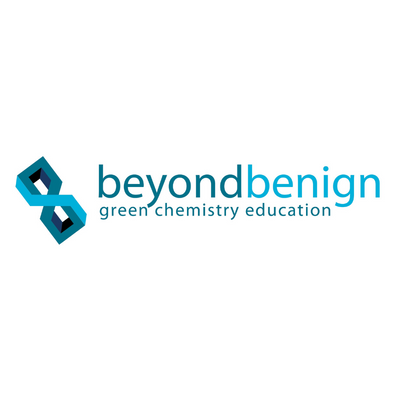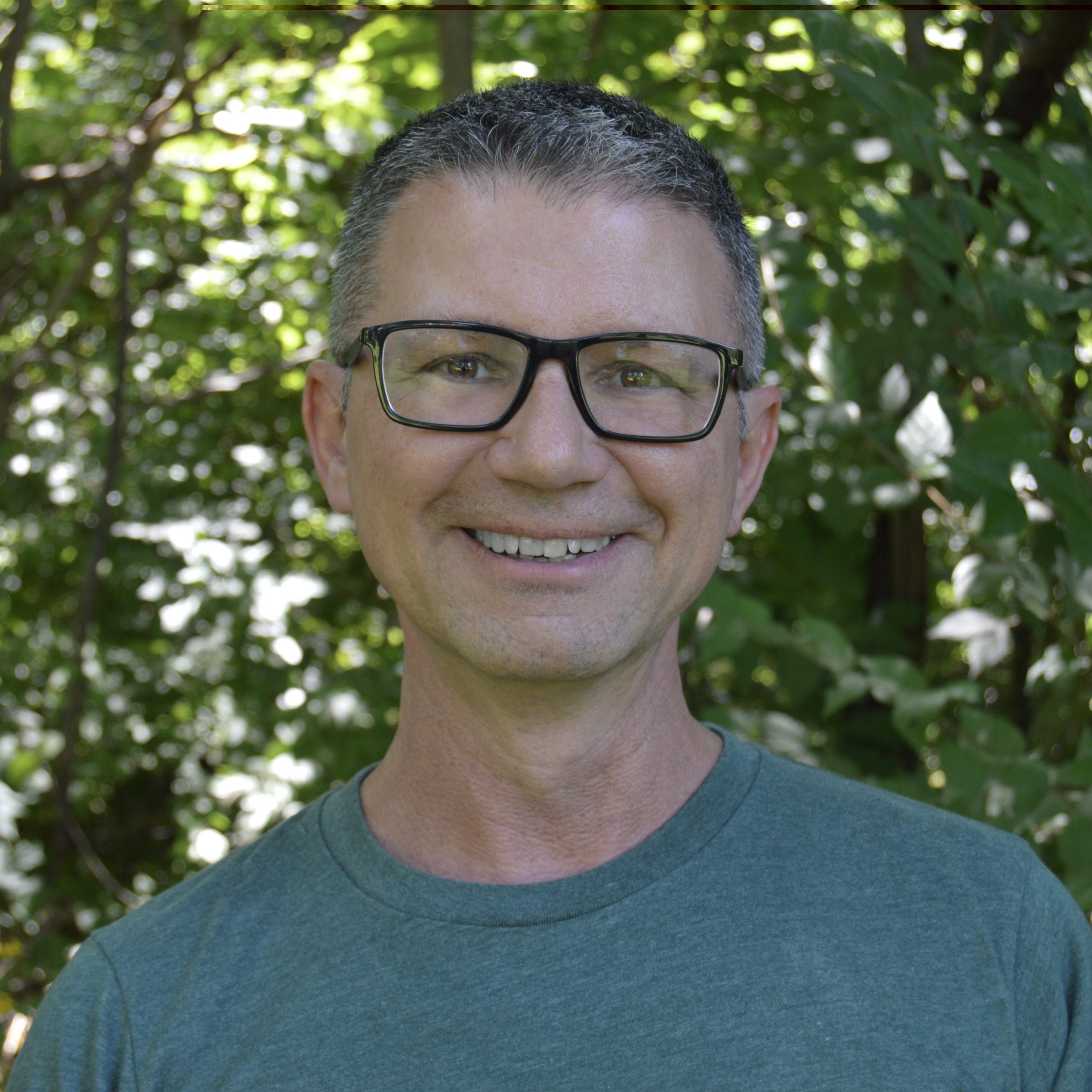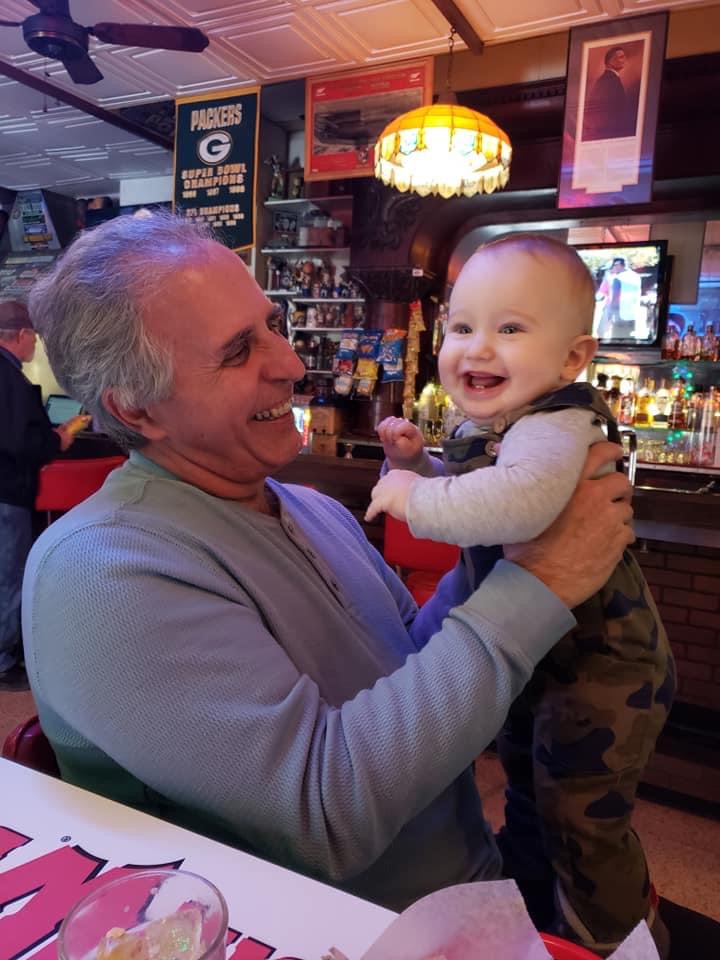Sustainable Invention: An Exploration of Bioplastics - Module 2

Summary
* This is Module 2 of a 4-Module, multi-lesson unit. Sustainable Invention: An Exploration of Bioplastics is a unit that has been developed to introduce middle school students and educators to sustainable invention and green chemistry principles. The Sustainable Invention unit seeks to address the challenges of integrating invention education into middle school science curricula and advance STEM pedagogy.
The unit is centered on two key questions relevant to sustainability and invention education, and three enduring understandings relevant to green chemistry and invention.
Unit Essential Questions:
How can we make a product that is good for people and the environment?
Why should inventors care about sustainable materials?
Unit Enduring Understandings:
Green Chemistry allows us to create products that are safer for us and the environment, contributing to a sustainable future.
Inventing a new technology involves coming up with an idea, developing that idea with the use of peer feedback, and re-designing based on testing.
Bioplastics can be used to create novel products and/or better versions of already existing products.
To achieve these goals, the unit takes an active approach to learning, with students engaged in labs, design challenges, and presentations. Four curricular practices, in particular, may be less familiar to educators who have not previously engaged in a sustainable invention unit:
Context-based on phenomena
Development of empathy
Engagement in iteration
Focus on student explanation
The unit is centered on two key questions relevant to sustainability and invention education, and three enduring understandings relevant to green chemistry and invention.
Unit Essential Questions:
How can we make a product that is good for people and the environment?
Why should inventors care about sustainable materials?
Unit Enduring Understandings:
Green Chemistry allows us to create products that are safer for us and the environment, contributing to a sustainable future.
Inventing a new technology involves coming up with an idea, developing that idea with the use of peer feedback, and re-designing based on testing.
Bioplastics can be used to create novel products and/or better versions of already existing products.
To achieve these goals, the unit takes an active approach to learning, with students engaged in labs, design challenges, and presentations. Four curricular practices, in particular, may be less familiar to educators who have not previously engaged in a sustainable invention unit:
Context-based on phenomena
Development of empathy
Engagement in iteration
Focus on student explanation
Safety Precautions, Hazards, and Risk Assessment
Students and educators should wear gloves and goggles during labs from pre-lab to post-lab cleanup.
The bottles used with this lab are labeled "Lab Only". They should not be used for drinking purposes.
Be extra careful when using the hot plate.
Use heat-resistant gloves when handling hot glassware.
Place warm glassware on the aluminum tray if the surface is not a lab bench
Remember to turn off the hot plates and all other heating devices after use.
Pour all components over a tray.
The bottles used with this lab are labeled "Lab Only". They should not be used for drinking purposes.
Be extra careful when using the hot plate.
Use heat-resistant gloves when handling hot glassware.
Place warm glassware on the aluminum tray if the surface is not a lab bench
Remember to turn off the hot plates and all other heating devices after use.
Pour all components over a tray.
Teacher Recommendations or Piloting Data (if available)
Students will have varying degrees of ease/difficulty manipulating the bioplastic at its various stages. It is beneficial if the teacher performs this task prior to having the students do the activity to offer first-hand suggestions for success.
Digital Object Identifier (DOI)
https://doi.org/10.59877/IVVZ5551
File (PDF, PPT, image, etc)
File (PDF, PPT, image, etc)
Creative Commons License

This work is licensed under a Creative Commons Attribution-NonCommercial-NoDerivatives 4.0 International License.






